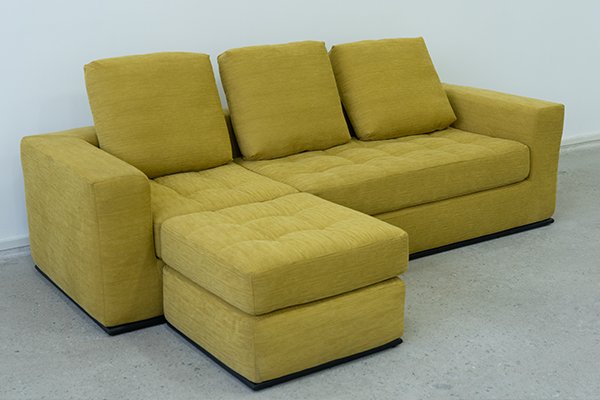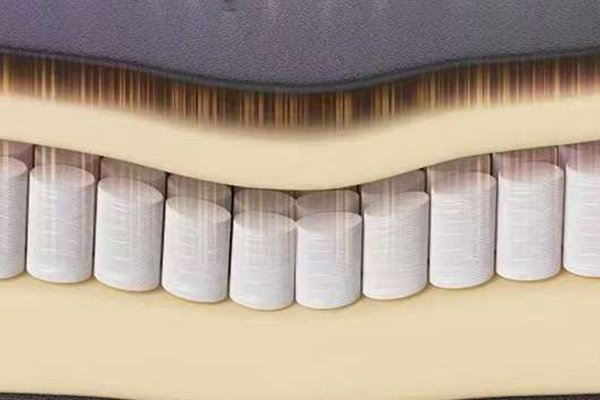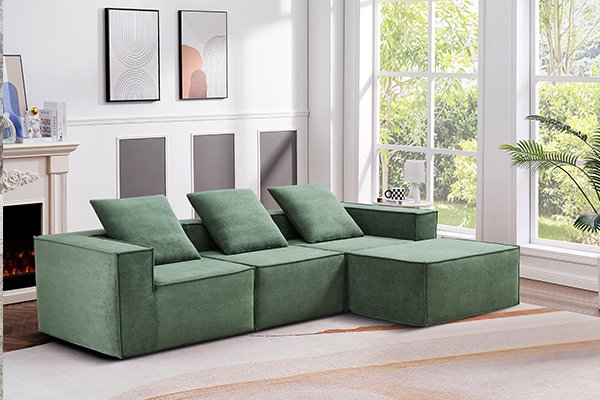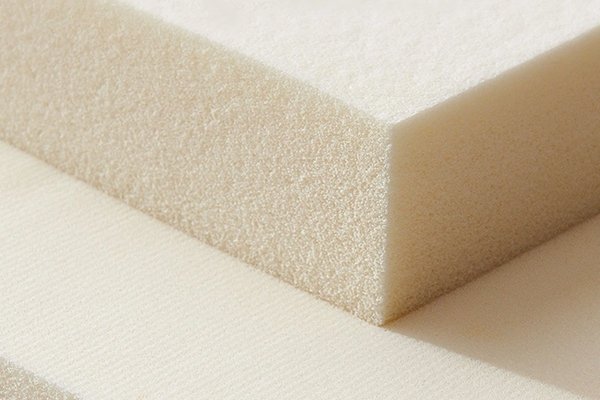
The process of compressing sofas has revolutionized the furniture industry. It reduces costs, saves space, and makes transportation easier. But how does it work?
The compression process in sofa manufacturing involves carefully reducing the volume of the sofa using specialized machines while maintaining its structural integrity. This includes wrapping, vacuum sealing, and boxing.
Understanding this process is essential for manufacturers, retailers, and distributors who want to maximize efficiency and minimize costs. Let’s explore it step by step.
Why is the Compression Process Necessary in Sofa Manufacturing?

The demand for compact and cost-effective furniture solutions is increasing. Without compression, bulky sofas would take up excessive space and cost more to ship.
The compression process allows manufacturers to optimize storage, reduce transportation costs, and meet modern customer demands for eco-friendly, efficient delivery.
By compressing sofas, manufacturers can transport more units per shipment, leading to reduced carbon emissions and increased profitability.
The Problem of Space and Transportation Costs
Uncompressed sofas are large, making them expensive to transport and store. They also take up significant warehouse space. This problem grows as production scales up.
Benefits of Compression:
| Aspect | Impact |
|---|---|
| Storage Efficiency | Up to 70% more sofas per container |
| Cost Reduction | Lower shipping and storage expenses |
| Eco-Friendly | Fewer shipments, lower emissions |
The Role of Compression in Global Distribution
Compressed sofas allow manufacturers to ship products worldwide without increasing costs. For e-commerce sellers, this is a game-changer. Customers in distant markets can receive their orders quickly and at a lower price.
How Are Sofas Prepared for Compression?

Before compression, sofas undergo preparation to ensure they remain in perfect condition after unpacking. This step is critical for maintaining quality.
Preparation involves disassembling parts (if applicable), wrapping with protective layers, and pre-sealing to avoid damage during compression.
Attention to detail during this stage ensures customer satisfaction and protects the manufacturer's reputation.
Materials Used in Preparation
- Protective Wrapping: Bubble wrap or foam sheets to cushion the sofa.
- Vacuum Bags: High-durability plastic for sealing.
- Reinforcement Bands: To secure the sofa's shape during compression.
Common Mistakes to Avoid
- Inadequate Wrapping: Can result in scratches or dents.
- Using Low-Quality Materials: May lead to tears during transit.
- Improper Sealing: Allows air to re-enter the package.
Correct preparation guarantees a seamless compression process and ensures the sofa is as good as new when unpacked.
What Machines Are Used in the Compression Process?

Specialized machinery is key to the compression process. These machines are designed to handle delicate furniture without causing damage.
Machines like hydraulic compressors and vacuum sealers are essential. They apply uniform pressure to reduce volume while protecting the sofa's structure.
Without the right equipment, manufacturers risk damaging their products or losing efficiency.
Types of Machines
| Machine Type | Function |
|---|---|
| Hydraulic Compressors | Apply pressure to compress sofas evenly |
| Vacuum Sealers | Remove air and create airtight packaging |
| Automated Wrapping Tools | Apply protective materials quickly and evenly |
Maintenance and Calibration
Regular maintenance of these machines is critical. Misaligned settings can lead to over-compression or damage. Investing in quality machinery ensures consistent results and long-term cost savings.
What Are the Benefits of Compressed Sofas for Customers?

For customers, compressed sofas offer convenience, affordability, and innovation. They are easier to handle and align with modern living needs.
Compressed sofas save customers money on shipping, simplify delivery, and fit perfectly in compact living spaces.
These benefits have made compressed furniture popular in urban areas and among environmentally conscious buyers.
Practical Advantages for Customers
- Affordable Shipping: Lower delivery costs due to reduced